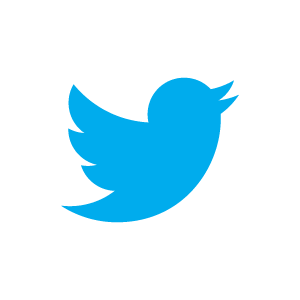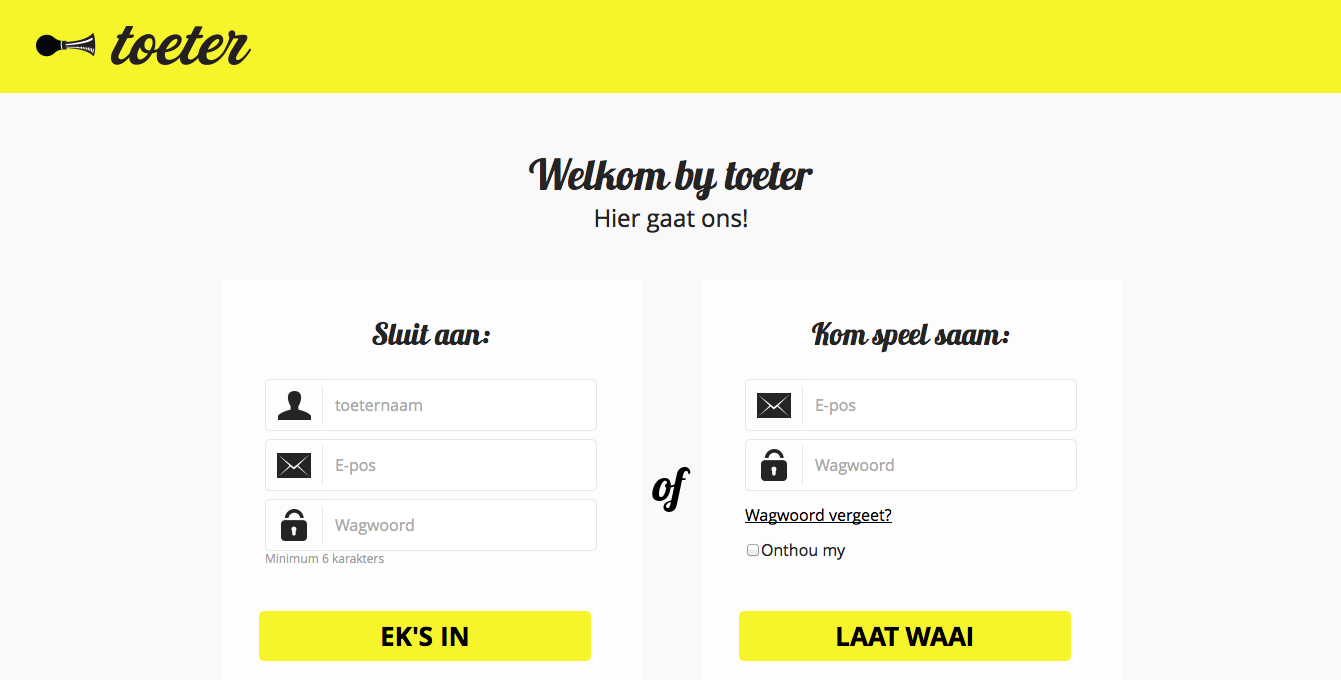Are you compulsively checking your phone for e-mails, Twitter notifications or Facebook updates? You might be suffering from FOMO.
In a previous article we mentioned that the word hashtag has been added to the Oxford Dictionary last year. Believe it or not FOMO made the cut in 2013 already. Google defines FOMO as follows:
FOMO ˈfəʊməʊ/ noun informal
1. anxiety that an exciting or interesting event may currently be happening elsewhere, often aroused by posts seen on a social media website.
“I realized I was a lifelong sufferer of FOMO”
Although FOMO isn’t directly attributed to social media, it does aggravate the situation. Fear of missing out (FOMO) is merely the modern terminology for “the grass is always greener on the other side” (Psychologies magazine, 18 June 2012)
With so many options and choice available to us, it’s no wonder we feel dissatisfied with our lives. Fortunately a few years back we didn’t know we were missing out, but social platforms like Facebook, Twitter and LinkedIn make it impossible for us not to see what our peers are up to – socially and career wise.
However, social media hardly ever gives a realistic portrayal of someone’s life. Who tweets about their sick cat, problems with plumbing or the howling dog next door? We’d rather show our extravagant holiday, meal at an upmarket restaurant or the expensive wine we’re drinking.
According to a nationwide survey done in June 2012 by a pharmaceutical firm, over 62% of about 3 000 respondents aged between 15 and 50 years said that they live in “constant fear” of missing out on something more exciting that what they are doing.
But how do we prevent ourselves from becoming swept up in the hysteria of social media and this constant nagging feeling that we’re missing something? GQ and Nir and Far have a few ideas, but it all boils down to living and enjoying your life the way you want to and stop trying to keep up with the rest of the world. So why not rather suffer from JOMO (Joy of Missing Out)?
PS. YOLO is an acronym for “you only live once”. Similar to carpe diem, it implies that one should enjoy life, even if that entails taking risks. More on Wikipedia.
[SOURCES: www.forbes.com, www.wikipedia.org]


 Before social media a hashtag or the octothorp was only a symbol on a phone button we never used. Those days are long gone.
Before social media a hashtag or the octothorp was only a symbol on a phone button we never used. Those days are long gone. Have you ever heard of Larry the bird? Yes, the Twitter bird has a name.
Have you ever heard of Larry the bird? Yes, the Twitter bird has a name. Regular KykNet viewers are by now well aware of the first, and so far only, Afrikaans social network with the quirky name, toeter.
Regular KykNet viewers are by now well aware of the first, and so far only, Afrikaans social network with the quirky name, toeter.